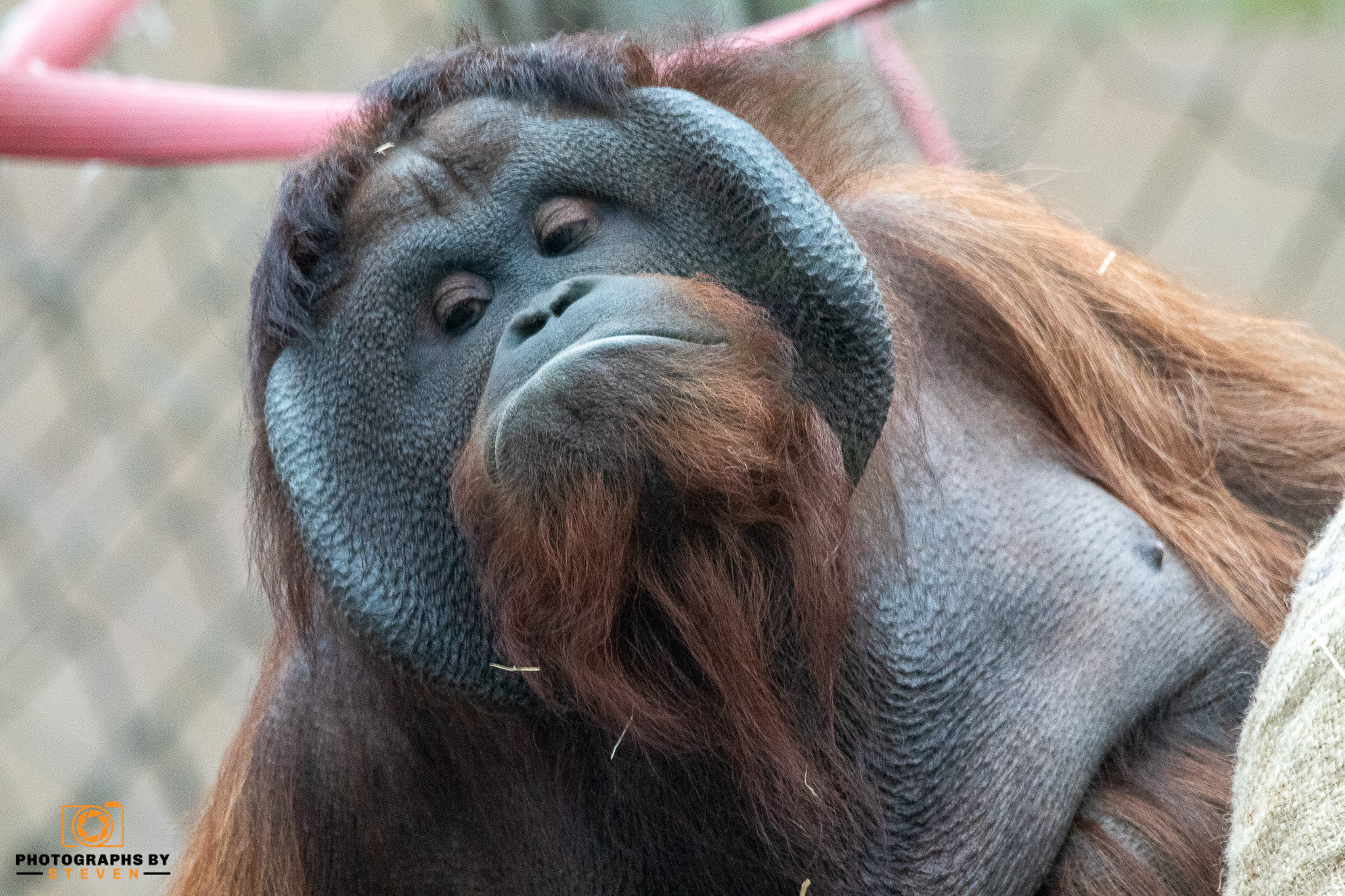Snakes are among the world's most feared animals. There are over 3,000 different species of snakes. Snakes can be found in oceans and mountains on every continent except Antarctica.
Snakes come in all types of shapes, colours and sizes. The largest ever snake recorded was a reticulated python at over 33 feet in length! These legless, scaly vertebrates, which can slither, swim, and even fly, are found in almost every biome. Some snakes have two heads at birth, while others can reproduce without males. Their unusual characteristics make them some of the strangest animals on the planet.
There are over 3,000 different types of snakes
Snakes have adapted to exist in practically every country on the earth, including ones that we might consider desolate. Although most require sun heat because they do not produce their own, some live in surprisingly cold climates. Around 3,700 distinct species exist worldwide, and multiple variants of some of these species cover every colour and most physical attributes.
Snakes with two heads
A few rare snakes are born with two heads, but they do not survive in the wild for long. Each head has its brain, and each brain can control the shared body. These animals move in unusual ways because both heads try to control the body and go in opposite directions. As they compete for food, one snakehead will occasionally attack the other. Two-headed snakes result from an incomplete splitting of a snake embryo, which would otherwise result in two separate snakes. Thelma and Louise's two-headed corn snake lived at the San Diego Zoo for several years and produced 15 single-headed offspring.
Snakes have no eyelids
Have you ever wondered why snakes can make you feel uneasy? They have no eyelids! This means they cannot blink and must sleep with their eyes open. Instead of eyelids, they have a thin membrane linked to each one to shield their eyes. The membrane is known as a 'brille,' which translates to glasses in German.
They use their tongues to smell
Snakes do have nostrils, but they are not used for smell. Instead, they evolved to smell with their tongues and the Jacobson's organ on the roof of their mouths. Their tongue is forked, and they have several receptors that can sense varying levels of chemical stimuli. Their odour is quite pleasant and described as "smelling in stereo."
Not every snake lays eggs
Snakes are well-known for laying eggs, but not all species lay eggs. Some species are ovoviviparous, which means they lay and hatch their eggs inside their bodies. The young snakes emerge from the mother only after the eggs hatch inside. There is no umbilical cord or placenta, and when the young do emerge, they consume the egg sac to obtain the nutrients they require. Although stingrays and some sharks give birth in this manner, it is still considered unusual.
Snakes Have Hundreds Of Ribs
Humans have 24 ribs designed to protect the internal organs from injury. Snakes have ribs for the same reason, but they have hundreds of them instead of only 24. They can have 200 to 400 ribs along the length of their body, which corresponds to the number of vertebrae.
Some Can Survive Years Without Food
Although it is uncommon, some snakes can slow their metabolism to the point where they can go a year without eating. They consume body energy while also utilising less energy than when food is readily available or after they have recently eaten this period. Although it is unusual for a snake to survive so long without food, the ball python does it regularly and can go for up to six months without eating.
Some are capable of reaching speeds of 12 miles per hour
The Black Mamba is not only extremely dangerous, but it is also one of the fastest land snakes, reaching speeds of up to 12 miles per hour. This combination of speed and venomous venom has made them one of the world's most feared snake species.
Snakes are found worldwide and can make exciting and entertaining pets, although they are not cuddly or affectionate. They are a fascinating group of animals with thousands of species, many of which are venomous.



Leave me a comment
Thank you for reading my post, if you want to leave a comment, you can do so below.